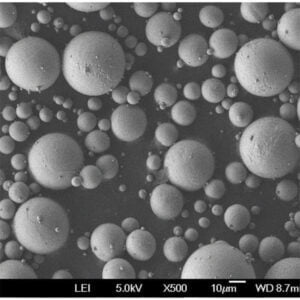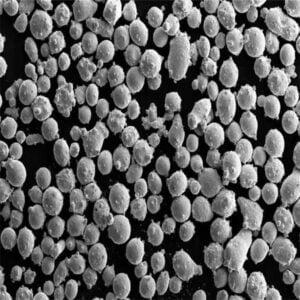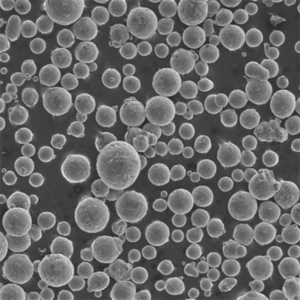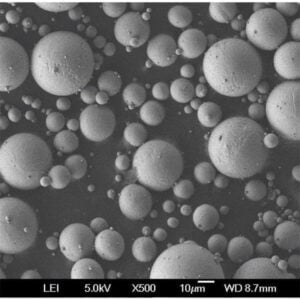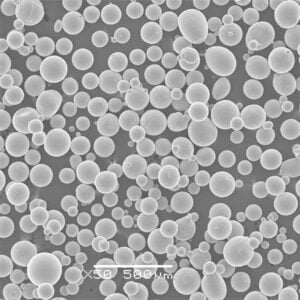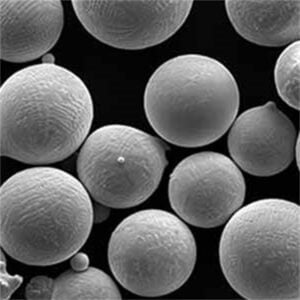철 베이스 합금 310
목차
개요 철 베이스 합금 310
철 베이스 합금 310 은 고온 및 부식성 환경에 대한 탁월한 내성으로 잘 알려진 소재입니다. 주로 철, 크롬, 니켈로 구성된 이 합금은 극한의 조건에서 내구성과 성능이 요구되는 산업에서 없어서는 안 될 필수 요소인 놀라운 특성을 보여줍니다.
부품이 강렬한 열과 독한 화학 물질, 지속적인 마모에 노출되는 세상을 상상해 보세요. 바로 이런 환경에서 철 베이스 합금 310이 빛을 발합니다. 독특한 조성과 미세 구조로 인해 다른 소재가 따라올 수 없는 강도, 내산화성, 크리프 저항성의 조합을 제공합니다.
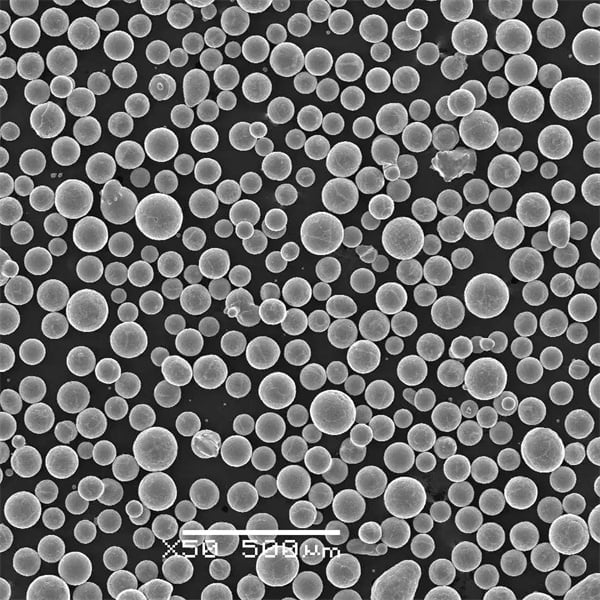
철 베이스 합금의 구성 310
철 베이스 합금(310)의 근간은 이름에서 알 수 있듯이 철입니다. 하지만 크롬과 니켈을 전략적으로 첨가한 것이 이 합금을 진정으로 차별화하는 요소입니다. 크롬은 표면에 보호용 산화물 층을 형성하여 산화에 대한 보호막 역할을 합니다. 니켈은 합금의 부식에 대한 저항력을 높이고 전반적인 인성을 향상시킵니다.
철 베이스 합금(310)의 일반적인 구성에 대해 자세히 알아보겠습니다:
| 구성 요소 | 일반 범위(%) | 역할 |
|---|---|---|
| 철 | 잔액 | 강도를 제공하는 베이스 메탈 |
| 크롬 | 22-26 | 보호 산화물 층 형성 |
| 니켈 | 20-25 | 내식성 및 인성 향상 |
| 기타 요소 | 소량 | 속성 미세 조정(예: 코발트, 몰리브덴, 실리콘) |
철 베이스 합금의 특성 310
철 베이스 합금(310)은 까다로운 응용 분야에 이상적인 인상적인 특성을 자랑합니다:
- 고온 내성: 이러한 합금은 강도나 무결성을 손상시키지 않으면서도 엄청나게 높은 온도를 견딜 수 있습니다.
- 산화 저항: 보호용 산화크롬 층이 형성되어 고온에서 산화 및 스케일링을 방지합니다.
- 내식성: 철 베이스 합금(310)은 산과 알칼리를 포함한 광범위한 부식 환경에 대한 내성이 뛰어납니다.
- 크리프 저항: 이러한 합금은 고온과 스트레스에 장시간 노출되어도 모양과 강도를 유지합니다.
- 성형성 및 용접성이 우수합니다: 철 베이스 합금(310)은 다양한 모양과 구성 요소로 쉽게 성형 및 용접할 수 있습니다.
- 비자기: 이 속성은 자기 간섭이 바람직하지 않은 특정 애플리케이션에서 유용합니다.
응용 철 베이스 합금 310
철 베이스 합금(310)의 탁월한 특성 덕분에 다양한 산업 분야에서 필수 불가결한 소재입니다:
| 산업 | 애플리케이션 |
|---|---|
| 항공우주 | 터빈 부품, 배기 시스템, 방열판 |
| 자동차 | 배기 매니폴드, 터보차저, 촉매 컨버터 |
| 화학 처리 | 열교환기, 원자로, 배관 시스템 |
| 석유 및 가스 | 다운홀 장비, 배관, 밸브 |
| 전력 생성 | 용광로 구성품, 보일러 튜브, 과열기 튜브 |
철 베이스 합금의 사양, 크기 및 등급 310
철 베이스 합금(310)은 다양한 사양, 크기 및 등급으로 제공되므로 다양한 응용 분야의 다양한 요구 사항을 충족할 수 있습니다.
| 사양 | 설명 |
|---|---|
| ASTM A240 | 크롬 및 크롬-니켈 스테인리스 강판, 시트 및 스트립의 표준 사양 |
| ASME SA240 | 크롬 및 크롬-니켈 스테인리스 강판, 시트 및 스트립용 보일러 및 압력 용기 코드 |
| 크기 | 사용 가능한 양식 |
|---|---|
| 접시 | 다양한 두께와 치수 |
| 시트 | 다양한 두께와 너비 |
| 스트립 | 다양한 두께와 너비 |
| 파이프 | 다양한 직경과 벽 두께 |
| 바 | 다양한 직경과 길이 |
| 등급 | 구성 및 속성 |
|---|---|
| 310 | 산화 및 내식성이 우수한 표준 등급 |
| 310S | 용접성이 개선된 저탄소 버전 |
| 310H | 내크리프성이 강화된 고온 버전 |
철 베이스 합금의 공급업체 및 가격 310
철 베이스 합금(310)은 전 세계 수많은 제조업체 및 유통업체에서 공급합니다. 가격은 합금 등급, 제품 형태, 수량 및 시장 상황에 따라 달라집니다.
| 공급업체 | 위치 | 제품 범위 |
|---|---|---|
| 공급업체 A | 국가 A | 플레이트, 시트, 파이프, 바 |
| 공급업체 B | 국가 B | 맞춤형 합금 배합, 단조, 가공 |
| 공급업체 C | 국가 C | 유통망, 재고, 기술 지원 |
참고: 가격 정보는 변경될 수 있으며 특정 공급업체를 통해 확인해야 합니다.
철 베이스 합금 310: 장단점
철 베이스 합금(310)은 장점과 한계가 결합된 매력적인 조합을 제공합니다:
장점:
- 뛰어난 고온 및 산화 저항성
- 우수한 내식성
- 우수한 성형성 및 용접성
- 비자기
단점:
- 다른 소재에 비해 상대적으로 높은 비용
- 일부 고온 합금에 비해 강도가 낮습니다.
철 베이스 합금용 금속 분말 모델 310
철 베이스 합금(310)에는 여러 가지 금속 분말 모델을 사용할 수 있으며, 각 모델마다 고유한 특성과 용도가 있습니다:
- 가스 분무 분말: 용융 금속을 고압 가스 흐름에 주입하여 생산하므로 유동성과 압축성이 뛰어난 구형 입자가 생성됩니다.
- 물 분무 분말: 용융 금속을 물 분무에 주입하여 산소 함량이 높은 불규칙한 모양의 입자를 생성합니다.
- 플라즈마 스프레이 파우더: 플라즈마 토치에서 금속을 녹이고 용융된 방울을 빠르게 냉각시켜 미세한 미세 구조를 가진 구형 또는 각진 입자를 생성하여 얻습니다.
- 회전식 분무 분말: 용융 금속 스트림을 회전시키고 고압 가스에 노출시켜 구형 또는 플레이크 모양의 입자를 생성합니다.
- 사전 합금 분말: 원자화 전 용융 상태에서 원하는 원소를 합금하여 제조하여 균일한 조성을 보장합니다.
- 기계 합금 분말: 원소 분말을 기계적으로 혼합한 후 원하는 조성을 얻기 위해 가공하여 생산합니다.
- 소결 분말: 금속 분말을 압축하고 고온에서 소결하여 다공성 또는 고밀도 구조를 생성하는 방식으로 만들어집니다.
- 분해된 분말: 금속 화합물이 분해되어 미세하고 반응성이 좋은 분말 입자가 생성됩니다.
- 재활용 분말: 금속 스크랩이나 가공 폐기물을 다양한 공정을 통해 재활용하여 생산합니다.
- 하이브리드 파우더: 특정 특성을 달성하기 위해 두 가지 이상의 파우더 생산 방법을 조합한 것입니다.
금속 분말 모델의 선택은 최종 제품의 원하는 특성, 가공 요구 사항 및 비용 고려 사항에 따라 달라집니다.
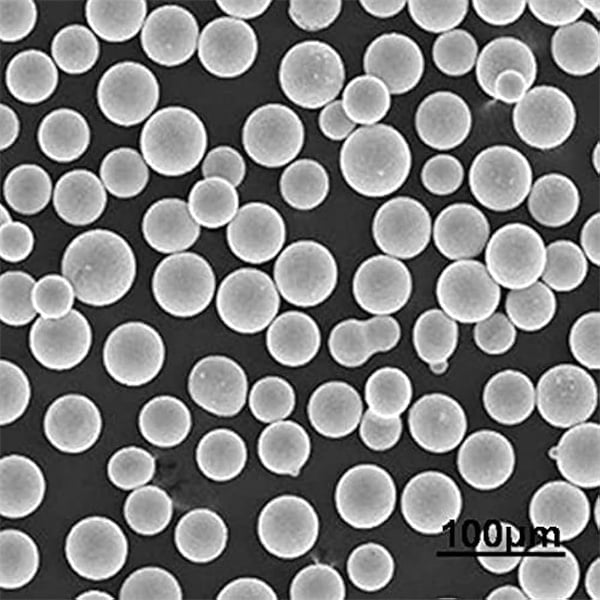
결론
철 베이스 합금 310 는 열악한 조건에서 탁월한 성능을 요구하는 산업 분야에서 그 입지를 다져온 뛰어난 소재입니다. 다양한 금속 분말 모델의 가용성과 함께 고유한 특성 조합으로 인해 다양한 응용 분야에 다용도로 적용할 수 있습니다. 기술이 계속 발전함에 따라 철 베이스 합금 310의 잠재력을 확장하고 재료 과학의 새로운 지평을 열면서 더 많은 혁신을 기대할 수 있습니다.
공유
중국 칭다오에 본사를 둔 선도적인 적층 제조 솔루션 제공업체인 MET3DP Technology Co. 당사는 산업용 3D 프린팅 장비와 고성능 금속 분말을 전문으로 합니다.
관련 기사
Met3DP 소개
최근 업데이트
제품

3D 프린팅 및 적층 제조용 금속 분말
문의 정보
- 칭다오시, 산둥성, 중국
- [email protected]
- [email protected]
- +86 19116340731






